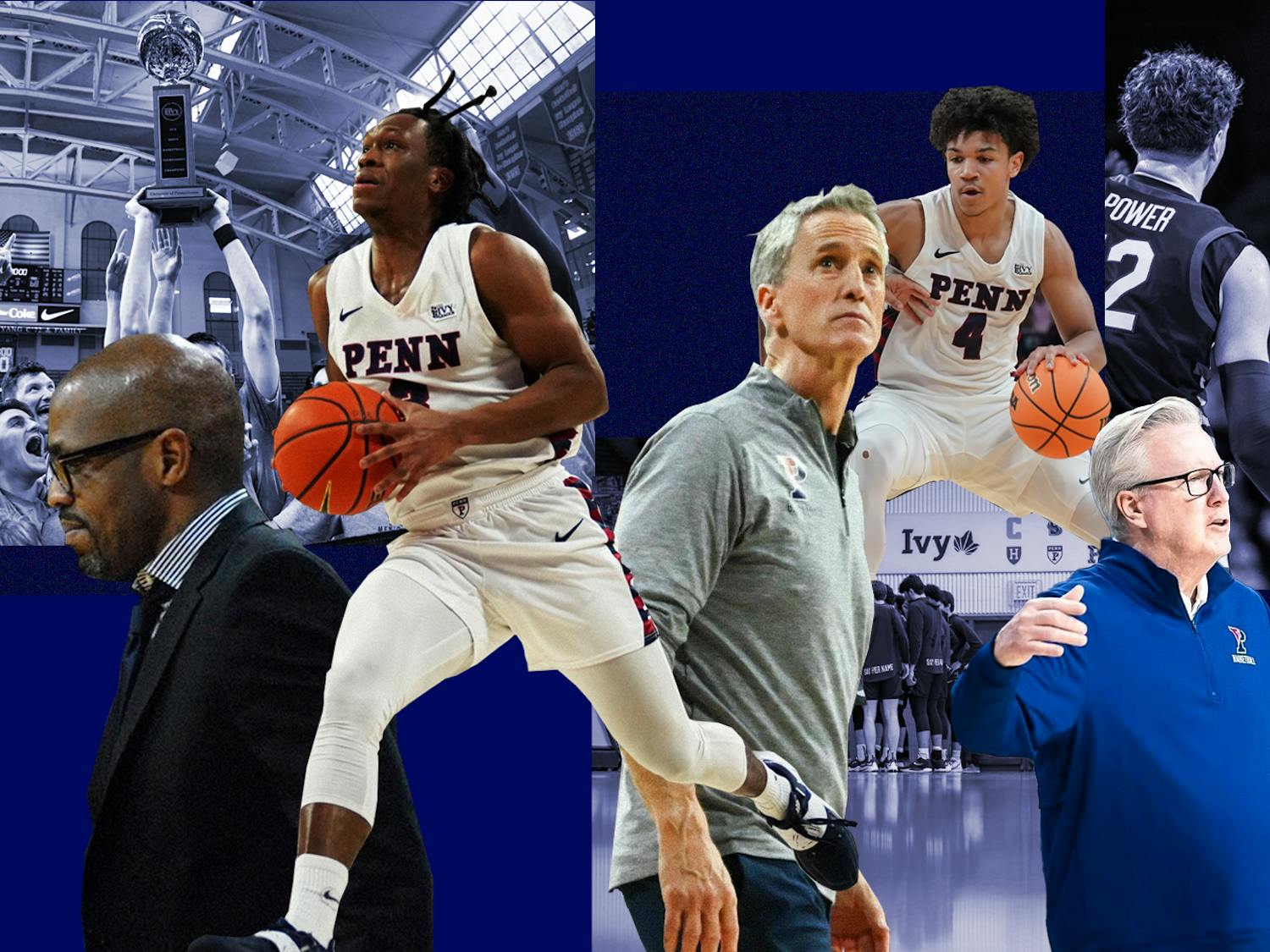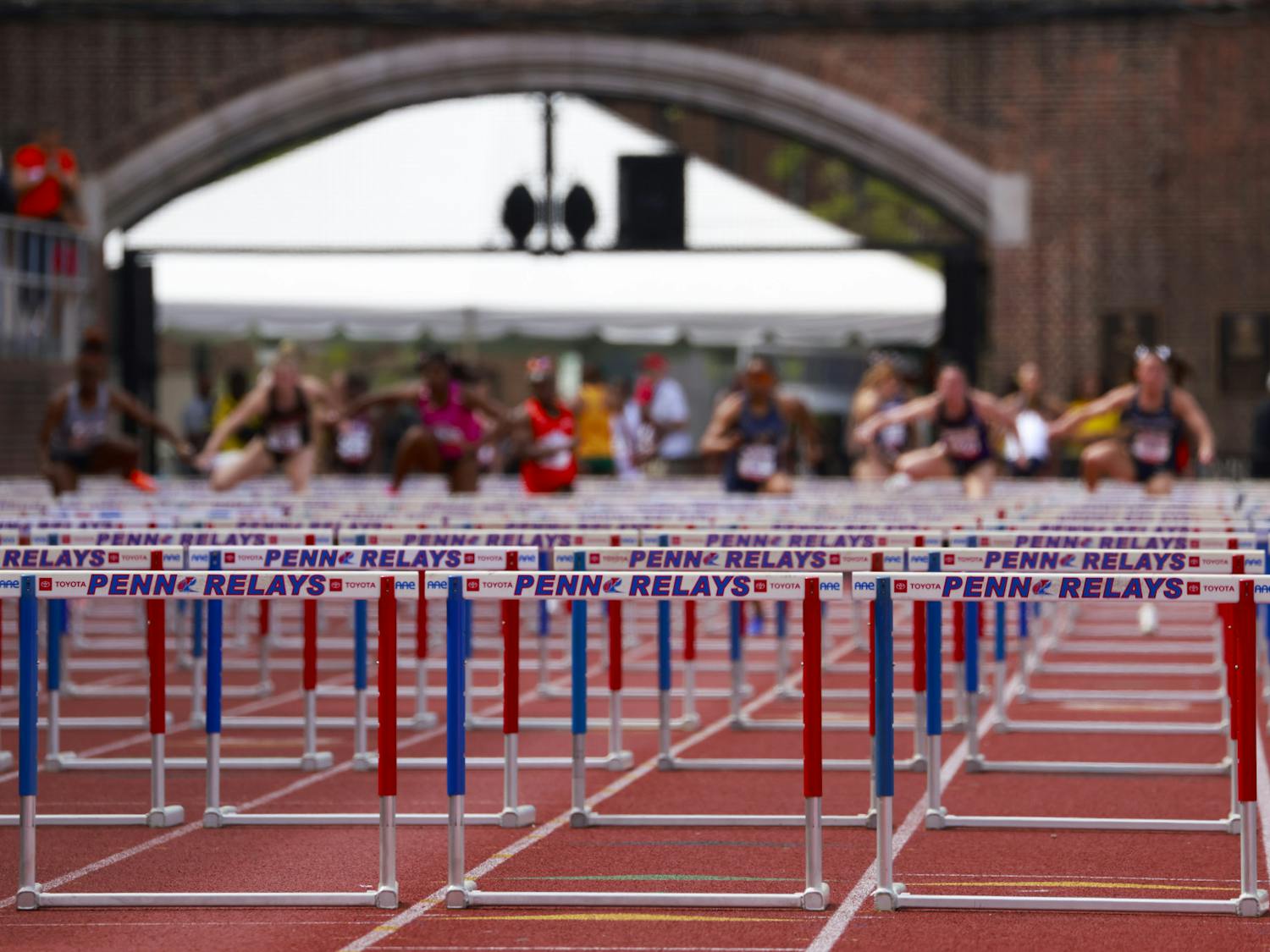You know these things. It has hosted more college games, more college teams, and more NCAA Tournament games than any college basketball arena in the country. You've seen games there. Boy, it's loud. And crazy. The words are but a whisper on the lips of each fan, coach and player to grace its hallowed ground. To win the game is great. To play the game is greater. But to love the game is the greatest of all... To any knowledgeable Philadelphia hoops fanatic, these are the holy tenets of the Palestra -- they are the sine qua non of seeing a basketball game in what is often called college basketball's most historic arena. Immutable as laws of nature, they help make the Palestra the special place that it is. "This is the most unique arena of its kind in the country," Penn athletic director Steve Bilsky said. "There's nothing like the Palestra." And tonight, as the Palestra opens for yet another season of Penn basketball, fans strolling its corridors during both the Penn women's and men's basketball teams' games against La Salle will be able to see these things and much, much more in a whole new light. Tonight, the Palestra begins its second life. It is and always has been a college hoops arena, but tonight it will add the distinction of being a museum of all that has gone on there. Some would say that the Palestra is already a living museum. Now, however, fans can stroll down the corridors of the old building and see displays and artifacts, visual evidence of the memories that both longtime patrons and undergraduates have always kept close to their hearts. "This project was designed to make sure that [the Palestra] doesn't become a relic," Bilsky said of the renovation efforts that cost two million dollars -- twice what it cost to build the arena. But it is difficult to put a price tag on memories, and there are a lot of them -- 73 years of history, in fact, and still counting. Built in the mid-1920s on the site of rowhouses -- the type of which once dominated Penn's campus -- the Palestra was opened in 1927. The building received its name from a Greek professor at the time, Dr. William Bates. A palestra, in ancient Greece, was a building in which public athletic events were held. It satisfied the committee charged with finding a name for the building -- "Palestra" was authentic, dignified, descriptive, and novel. The Palestra hosted its first basketball game on January 1, 1927, a 26-15 Penn victory over Yale. In its coverage of the event two days later, The Pennsylvanian wrote "playing before 10,000 spectators, who crowded the new Palestra to its capacity, Pennsylvania's basketball team defeated the strong Yale five in the first league contest of the season by a 26-15 score. This game marked the formal opening of the University's million dollar indoor stadium." The Quakers were able to reel off six straight victories in their new building. Their home cooking was finally stopped on February 9, when Maryland -- a program which will visit the Palestra on Saturday evening -- felled them on the Palestra court, 26-21. The lore of the Palestra, however, hadn't truly begun until 1955, with the inception of the Big Five. A quintet of Philadelphia-area schools -- Penn, Temple, St. Joseph's, Villanova and La Salle -- institutionalized their natural rivalries and established a round-robin tournament between their teams that would take place during the course of the regular season. The Palestra, as the largest gym between the five schools, was fiscally the logical choice as the home of these games. As a result, it transformed itself from a mere building on Penn's campus into a veritable Philadelphia community center, where the City of Brotherly Love would pack the joint for Big Five doubleheaders on weekend afternoons. For this reason, Sports Illustrated writer Alex Wolff once dubbed the Palestra "college hoops' Quaker meeting house." Today, however, with the other Big Five schools' huge arenas and the potentially lucrative gate revenue that these buildings all bring to schools, the Palestra is no longer the physical center of the Big Five. But it is still the spiritual center of Philly college basketball, and the Big Five round robin games still played there are always good, fitting of the arena in which they are played. Last year, Penn edged St. Joseph's there and the Hawks clipped Temple in two thrillers. And Penn upperclassmen still remember the thrilling overtime victory over the Owls two years ago that prompted throngs of fans to rush the Palestra hardwood. Beginning tonight, fans entering the Palestra will be treated to the display of Big Five history located in the west concourse, which is the first to greet patrons. The other four Big Five schools each have a display containing artifacts and pictures which reflect the unique history of each basketball program. For instance, Villanova's display contains its 1985 NCAA Championship banner, representing perhaps the proudest and brightest moment of any of the Big Five squads. If one were to walk the Palestra concourse in a counter-clockwise direction, one would then come to the hall dedicated exclusively to Penn's basketball legacy. The pinnacle of Quakers hoops occured in 1979, when Penn made the NCAA Final Four. The last of a series of great Penn teams from the 1970s to inhabit the Palestra, a section of the hallway is dedicated to it and its exploits. And yet, it is not clear whether or not Bob Weinhauer's storied squad was as good as the 1970-71 team, which went 28-1. It, too, is immortalized in the south concourse of the Palestra. And, as much as the Palestra is the home to Big Five basketball, it is also the home to Penn hoops, and more specifically, the Penn-Princeton rivalry. As far as Palestra stories go, current juniors and seniors at Penn have one that can compare with any story any Palestra old-timer can bring to the table. Known to Quakers enthusiasts as the Heartbreak at the Palestra, it is the infamous February 9, 1999 game in which the Quakers, who hadn't beaten Princeton in five previous tries dating back to 1996, jumped out to leads of 29-3 and 33-9 -- and lost, 50-49. A picture of the Palestra scoreboard at halftime of that game, reading the score Penn 33, Princeton 9, is part of the formica display depicting the great Penn-Princeton rivalry. It is sure to make Penn fans wince and Tigers fans smile as they both browse the Palestra hallways in years to come. The display, as do many of the other showcases, tell little-known stories and convey the color of all that has taken place in the Palestra. The display of the Penn-Princeton rivalry, for example, tells of Penn star John Wideman and Princeton star Bill Bradley, both the stars for their respective teams in the early 1960s. They both became Rhodes Scholars and studied and played basketball together at Oxford in England. "That's kind of a neat story," Penn athletic director Steve Bilsky said, smiling. It was one example of the many historical surprises discoveredby Bilsky and project coordinator Audrey Schnur. Other Palestra nuggets uncovered in their exhaustive research included the fact that the Palestra was used as a mess hall by the Navy in 1944, forcing Penn to play its games at Convention Hall. The Palestra was also the site of a speech during Robert Kennedy's Presidential campaign in 1968, and has been the home for concerts featuring musical luminaries such as Simon and Garfunkel, Dionne Warwick, Jefferson Airplane, Sammy Davis, Jr., and Barbara Streisand, among others. But, perhaps more importantly, the displays feature all the great players and coaches to play and coach in the Palestra over the years. The list is virtually a laundry list of the major figures in basketball history. Bob Knight. Jerry West. Dr. J. Wilt. Coach K. Tom Gola. Chuck Daly. The list goes on and on. Appropriately, many of these greats will be honored during timouts during tonight's men's basketball game, opening a new chapter in the Palestra's history. Erving, Daly and Gola will all be in the building tonight, in addition to Ernie Beck, the leading all-time scorer for the Penn men's basketball program; Corky Calhoun, who was an integral part of the Penn teams of the early 1970s before moving on to the NBA; and others. And with the Penn men's team looking for its third straight Ivy League championship, the women's squad looking for its first and the Big Five games that will be played there, there is a good chance that Bilsky and Co. will eventually have to make room in the Palestra concourse for the history of things to come. That history starts tonight, with the games against La Salle. Tonight, he will be pulling for the Quakers. But Bilsky, as many will be wont to do in the Palestra from now on, can appreciate what has past on the floor of the grand old lady. "Just the overwhelming amount of history as told by the great coaches and the great players," he said. "It kinda gets to you."
The Daily Pennsylvanian is an independent, student-run newspaper. Please consider making a donation to support the coverage that shapes the University. Your generosity ensures a future of strong journalism at Penn.
Donate







